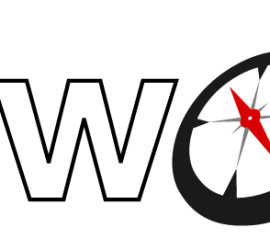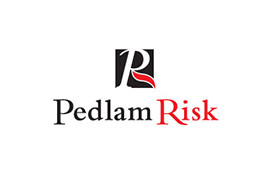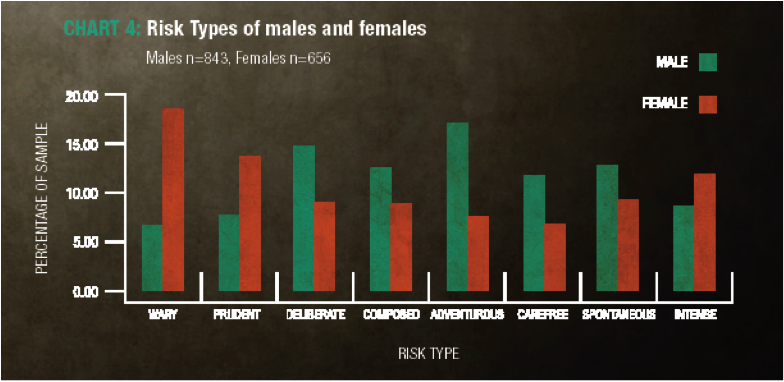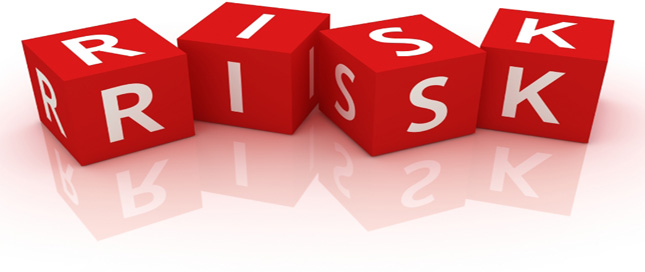Risk Maturity Model
Safety objectives cannot be fully realised through rule enforcement alone After the dramatic improvements of H&S using systematic procedural techniques, the quest for zero incident rates has remained illusive. Continuously tightening work place discipline and rigour can prove counter productive if it leads to a ‘them and us’ mentality characterised by mistrust, resentment and disaffection. Trust and mutual respect are only achieved through proper consideration of the human factor in the risk equation. Many different aspects of personality are related to risk taking; it is not a simple scale between ultra cautiousness and uncontrolled recklessness. To enrich organisational risk culture […]








